EchoAPI vs Insomnia: A Comprehensive Comparison with Practical Examples
As a full stack developer, I know how crucial it is to have top-notch tools for debugging, testing, and documenting APIs. EchoAPI and Insomnia are two standout options, each with its own unique features and capabilities. Let me walk you through these tools, compare their functionalities and benefits, give you some practical examples, and help you decide when to use EchoAPI or Insomnia.

Introduction to EchoAPI and Insomnia
EchoAPI
EchoAPI is a robust API debugging tool that handles API testing, automated testing, load testing, and one-click API documentation. It also offers several handy plugins:
- EchoAPI Interceptor (Chrome Extension): Captures web page APIs without needing a login, allows parameter modification, and syncs with EchoAPI.
- EchoAPI for IntelliJ IDEA: A Java plugin that lets you generate, modify, and debug interfaces directly from your code.
- EchoAPI for VS Code: Adds, modifies, and debugs APIs, including pre- and post-scripts, visual assertions, and automated tests.
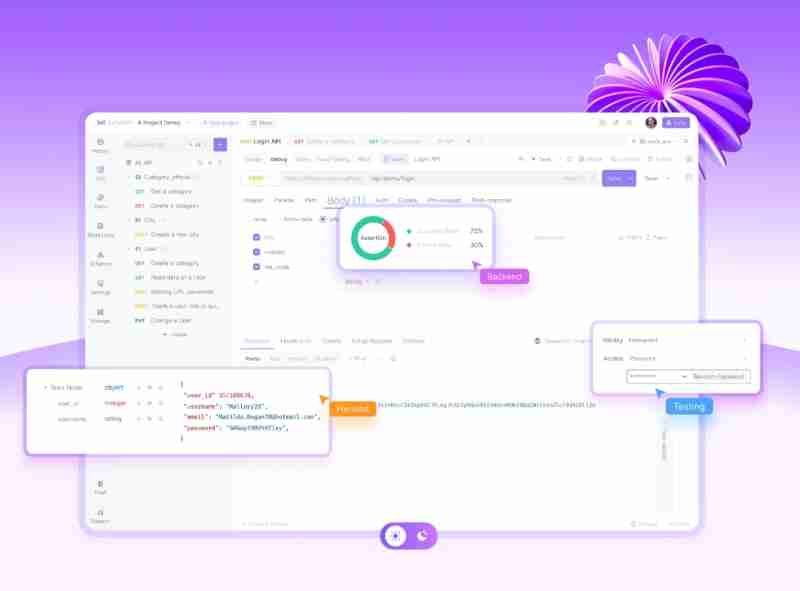
Insomnia
Insomnia is designed for RESTful APIs and GraphQL, with a focus on simplicity and user experience. It provides a straightforward interface for managing requests, environments, and API documentation.

Feature Comparison with Practical Examples
Let's dive into a comparison of EchoAPI and Insomnia based on key functionalities with practical examples:
1. API Debugging and Testing
- EchoAPI: EchoAPI provides a user-friendly and visually appealing interface for managing and testing your APIs. You can easily create and send API requests, tweak parameters, and ensure your API works under various conditions.
Example:
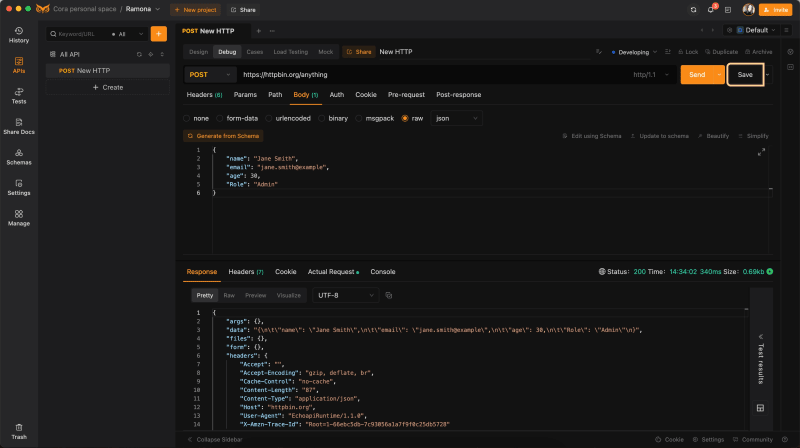
- Insomnia: For a user management RESTful API, you can use Insomnia to create, update, or delete user requests. It makes switching between development, testing, and production environments a breeze with environment variables.
Example:

2. Automated Testing
- EchoAPI: If your API fetches user data, EchoAPI's automated testing lets you set up pre- and post-scripts to validate tests. Visual assertions help you check if the response meets your expectations.
Example:
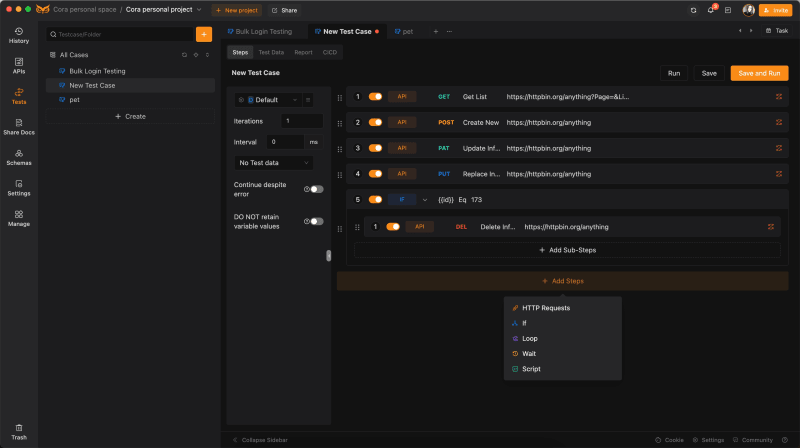
- Insomnia: Automated testing can be done with plugins or by integrating with tools like Jenkins. You can write custom tests in the "Test" tab of a request to auto-validate responses.
Example:
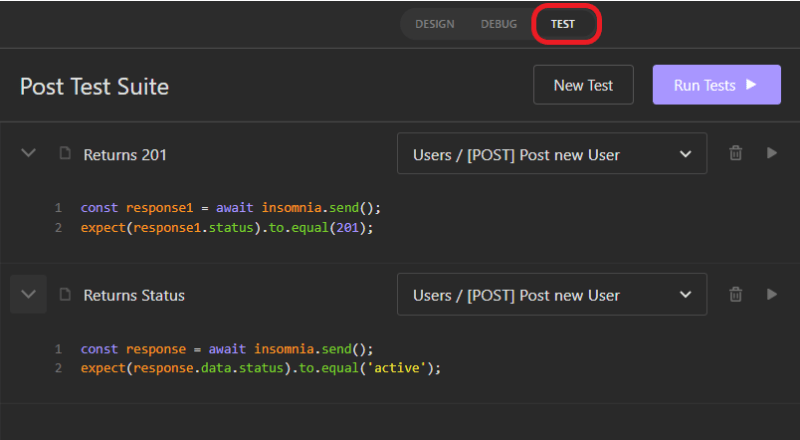
3. Load Testing
- EchoAPI: Need to test the load capacity of your API? EchoAPI offers built-in load testing to simulate multiple requests and see how your API handles heavy traffic.
Example:

- Insomnia: Insomnia doesn’t have built-in load testing, but you can export requests to use with tools like k6 or Apache JMeter for load testing.
Example with k6:
import http from 'k6/http';
import { check } from 'k6';
export let options = {
stages: [
{ duration: '1m', target: 100 },
{ duration: '1m', target: 200 },
{ duration: '1m', target: 0 }
]
};
export default function() {
let res = http.get('https://api.example.com/users');
check(res, { 'status was 200': (r) => r.status == 200 });
}
4. API Documentation
- EchoAPI: EchoAPI simplifies generating complete API documentation. With one click you can create and share documentation, ensuring your team or clients have the latest info with minimal effort.
Example: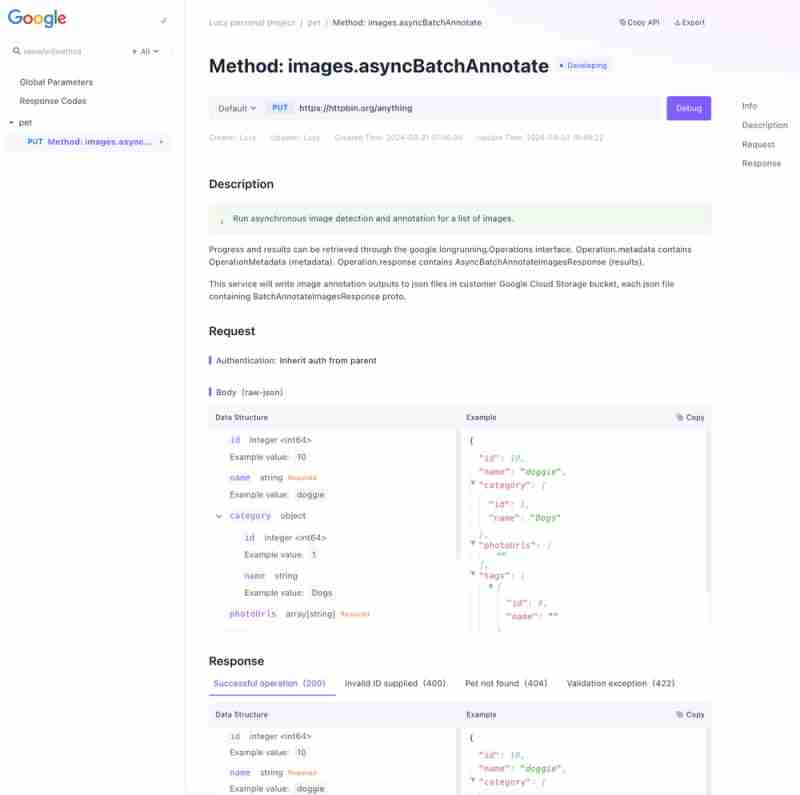
- Insomnia: You can create detailed API documentation in Insomnia, but keeping it in sync with your codebase might require some manual steps.
Example:
// Insomnia API documentation snippet
{
"name": "User Service API",
"requests": [
{
"method": "GET",
"url": "{{ base_url }}/users",
"description": "Fetch all users"
},
{
"method": "POST",
"url": "{{ base_url }}/users",
"description": "Create a new user",
"body": {
"username": "new_user",
"email": "[email protected]"
}
}
]
}
When to Use Insomnia
Insomnia is a great choice when:
- You Need GraphQL Support: Insomnia shines in managing GraphQL APIs.
- Simplicity and Ease of Use Are Critical: If you want a straightforward tool for managing RESTful requests with minimal setup, Insomnia is perfect.
- Environment Management: It has strong environment management for projects with multiple stages like development, testing, and production.
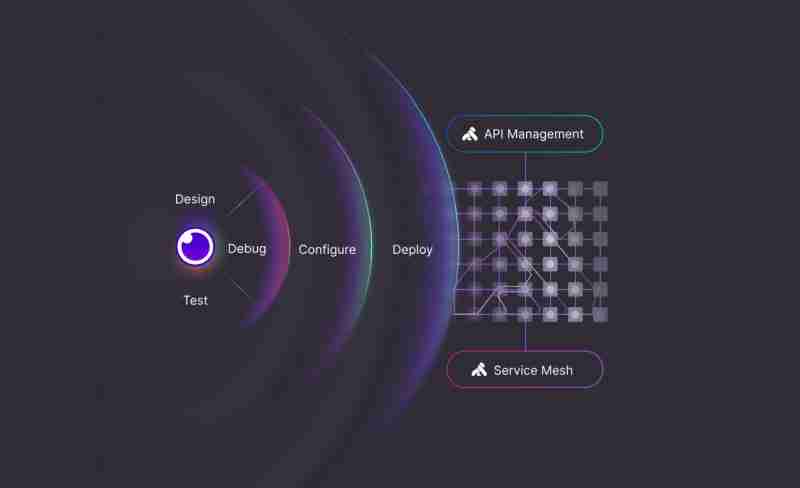
When to Use EchoAPI
EchoAPI is ideal when:
- You Require Offline Capabilities: Plugins for IDEs and browsers make it work smoothly without constant internet access.
- Integrated Automated and Load Testing: Built-in automated testing and load testing features eliminate the need for external tools.
- Development Environment Integration: Robust plugins for IntelliJ IDEA and VS Code allow API debugging and testing directly within your code.
- One-Click API Documentation: Ensures your API documentation stays up-to-date and easily accessible.

Conclusion
Both EchoAPI and Insomnia are powerful tools for API development. Insomnia offers a simple, user-friendly interface with strong environment management and GraphQL support. EchoAPI provides a comprehensive suite of features including automated testing, load testing, and deep integration with development environments, all while being lightweight and offline-capable.
Choose EchoAPI if you need a robust tool that integrates well with your dev workflow and offers extensive testing and documentation capabilities. Opt for Insomnia if you want a straightforward, easy-to-use tool that supports GraphQL and focuses on simplicity and efficiency.
By understanding the strengths of each tool and using the practical examples given, you'll be better equipped to enhance your API development, ensuring efficiency, reliability, and ease of use. Happy API testing!
-
 FCS API vs. Insight Ease: A Simple Comparison of Bitcoin API ServicesIf you're into Bitcoin APIs, choosing the right one is important. Especially if you're a developer, financial analyst, or running a fintech c...Programming Published on 2024-11-02
FCS API vs. Insight Ease: A Simple Comparison of Bitcoin API ServicesIf you're into Bitcoin APIs, choosing the right one is important. Especially if you're a developer, financial analyst, or running a fintech c...Programming Published on 2024-11-02 -
 How to Listen to Form Submit Events in JavaScript Without Modifying HTML?Listening to Form Submit Events in JavaScript without Modifying HTMLIn this article, we address the common challenge of listening to form submit event...Programming Published on 2024-11-02
How to Listen to Form Submit Events in JavaScript Without Modifying HTML?Listening to Form Submit Events in JavaScript without Modifying HTMLIn this article, we address the common challenge of listening to form submit event...Programming Published on 2024-11-02 -
 Document.getElementById vs jQuery $(): What Are the Key Differences?Document.getElementById vs jQuery $(): A Comparative AnalysisWhen delving into the realm of web development, understanding the nuances between vanilla...Programming Published on 2024-11-02
Document.getElementById vs jQuery $(): What Are the Key Differences?Document.getElementById vs jQuery $(): A Comparative AnalysisWhen delving into the realm of web development, understanding the nuances between vanilla...Programming Published on 2024-11-02 -
 Using Method and Variable Handles in Java for Runtime Object Access and ManipulationReflection and method/var handles are two powerful features in Java that allow developers to access and manipulate objects at runtime. However, they d...Programming Published on 2024-11-02
Using Method and Variable Handles in Java for Runtime Object Access and ManipulationReflection and method/var handles are two powerful features in Java that allow developers to access and manipulate objects at runtime. However, they d...Programming Published on 2024-11-02 -
 How to Validate IP Addresses in Python Using Built-in Functions?IP Address Validation in PythonVerifying the validity of IP addresses is a common task in programming. When receiving IP addresses as strings from use...Programming Published on 2024-11-02
How to Validate IP Addresses in Python Using Built-in Functions?IP Address Validation in PythonVerifying the validity of IP addresses is a common task in programming. When receiving IP addresses as strings from use...Programming Published on 2024-11-02 -
 I REQUIRE HELP FOR MY LEARNING ABOUT PROGRAMMINGHello, I am a systems engineering student, and I feel like I am not learning much about programming in my courses. I want to learn on my own because I...Programming Published on 2024-11-02
I REQUIRE HELP FOR MY LEARNING ABOUT PROGRAMMINGHello, I am a systems engineering student, and I feel like I am not learning much about programming in my courses. I want to learn on my own because I...Programming Published on 2024-11-02 -
 How to Integrate gorm.Model into Protocol Buffer Definitions with DateTime Support?Integrating gorm.Model into Protocol Buffer DefinitionsWhen integrating gorm's gorm.Model fields into protobuf definitions, challenges arise due t...Programming Published on 2024-11-02
How to Integrate gorm.Model into Protocol Buffer Definitions with DateTime Support?Integrating gorm.Model into Protocol Buffer DefinitionsWhen integrating gorm's gorm.Model fields into protobuf definitions, challenges arise due t...Programming Published on 2024-11-02 -
 Patch Your Discord Activity’s Network Requests for Smooth CSP ComplianceWhen running a Discord Activity through Discord, you may encounter Content Security Policy (CSP) issues. You can fix these by making sure network requ...Programming Published on 2024-11-02
Patch Your Discord Activity’s Network Requests for Smooth CSP ComplianceWhen running a Discord Activity through Discord, you may encounter Content Security Policy (CSP) issues. You can fix these by making sure network requ...Programming Published on 2024-11-02 -
 Recommended Project: Delete Course Schedule View DataUnlocking the power of database management, this project from LabEx offers a comprehensive learning experience in creating and manipulating views with...Programming Published on 2024-11-02
Recommended Project: Delete Course Schedule View DataUnlocking the power of database management, this project from LabEx offers a comprehensive learning experience in creating and manipulating views with...Programming Published on 2024-11-02 -
 Mocking Network Requests Made Easy: Integrating Jest and MSWWriting unit tests that involve mocking or stubbing API calls can feel overwhelming—I’ve been there myself. In this article, I’ll guide you through a ...Programming Published on 2024-11-02
Mocking Network Requests Made Easy: Integrating Jest and MSWWriting unit tests that involve mocking or stubbing API calls can feel overwhelming—I’ve been there myself. In this article, I’ll guide you through a ...Programming Published on 2024-11-02 -
 Hash Map using JavascriptIntroduction A Hash Map, also known as a Hash Table, is a data structure that implements an associative array abstract data type, a structure...Programming Published on 2024-11-02
Hash Map using JavascriptIntroduction A Hash Map, also known as a Hash Table, is a data structure that implements an associative array abstract data type, a structure...Programming Published on 2024-11-02 -
 Introducing HTPX: A Lightweight and Versatile HTTP Client for JavaScript and Node.jsAs developers, we often need a reliable and efficient HTTP client for our web applications, whether we’re building with JavaScript in the browser or N...Programming Published on 2024-11-02
Introducing HTPX: A Lightweight and Versatile HTTP Client for JavaScript and Node.jsAs developers, we often need a reliable and efficient HTTP client for our web applications, whether we’re building with JavaScript in the browser or N...Programming Published on 2024-11-02 -
 Using Natural Language To Generate A Simple Python GUI With An LLM .... In Less Than MinutesThought that building Python GUIs took hours of tedious coding? Welcome to an exciting new era! Not only can tools like Github Copilot help with code ...Programming Published on 2024-11-02
Using Natural Language To Generate A Simple Python GUI With An LLM .... In Less Than MinutesThought that building Python GUIs took hours of tedious coding? Welcome to an exciting new era! Not only can tools like Github Copilot help with code ...Programming Published on 2024-11-02 -
 The Dev , the Oops, and the WEBAPP storyDeveloping a desktop web app as a DevOps professional can feel like navigating a vast and complex ocean. As technology converges, the lines between we...Programming Published on 2024-11-02
The Dev , the Oops, and the WEBAPP storyDeveloping a desktop web app as a DevOps professional can feel like navigating a vast and complex ocean. As technology converges, the lines between we...Programming Published on 2024-11-02 -
 Unlock Your Django Potential: Project Ideas and Resources for 4Django Newsletter - October 2024 Introduction to Django and Project Ideas If you are looking to get started or advance your skills in...Programming Published on 2024-11-02
Unlock Your Django Potential: Project Ideas and Resources for 4Django Newsletter - October 2024 Introduction to Django and Project Ideas If you are looking to get started or advance your skills in...Programming Published on 2024-11-02
Study Chinese
- 1 How do you say "walk" in Chinese? 走路 Chinese pronunciation, 走路 Chinese learning
- 2 How do you say "take a plane" in Chinese? 坐飞机 Chinese pronunciation, 坐飞机 Chinese learning
- 3 How do you say "take a train" in Chinese? 坐火车 Chinese pronunciation, 坐火车 Chinese learning
- 4 How do you say "take a bus" in Chinese? 坐车 Chinese pronunciation, 坐车 Chinese learning
- 5 How to say drive in Chinese? 开车 Chinese pronunciation, 开车 Chinese learning
- 6 How do you say swimming in Chinese? 游泳 Chinese pronunciation, 游泳 Chinese learning
- 7 How do you say ride a bicycle in Chinese? 骑自行车 Chinese pronunciation, 骑自行车 Chinese learning
- 8 How do you say hello in Chinese? 你好Chinese pronunciation, 你好Chinese learning
- 9 How do you say thank you in Chinese? 谢谢Chinese pronunciation, 谢谢Chinese learning
- 10 How to say goodbye in Chinese? 再见Chinese pronunciation, 再见Chinese learning

























